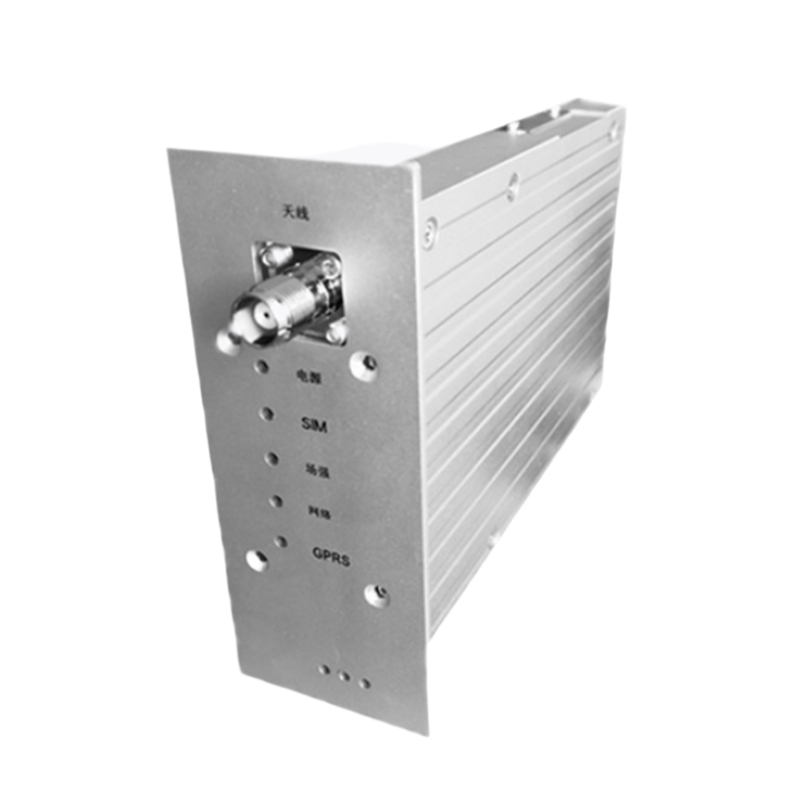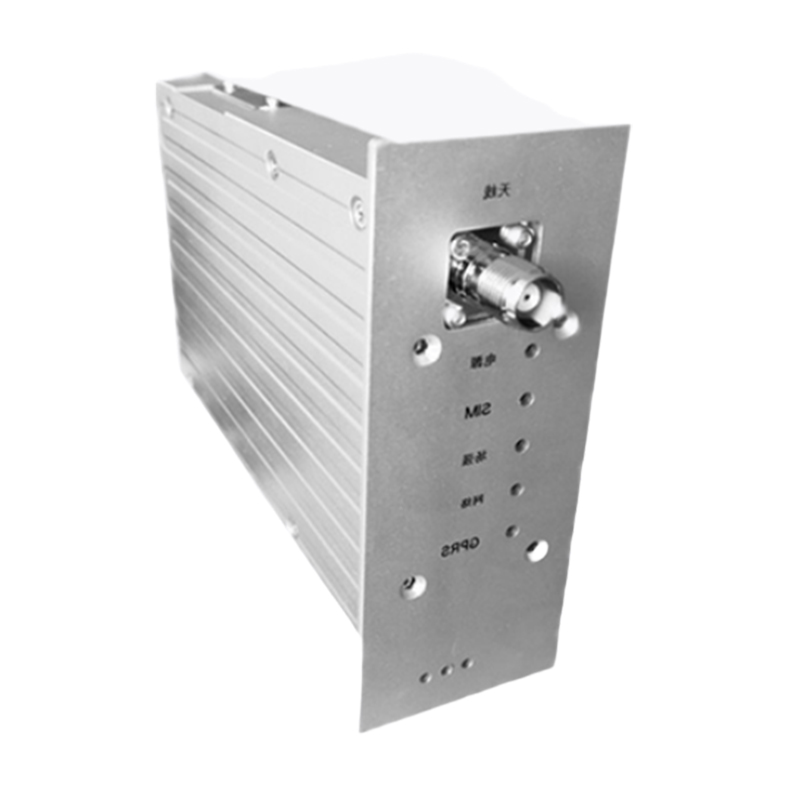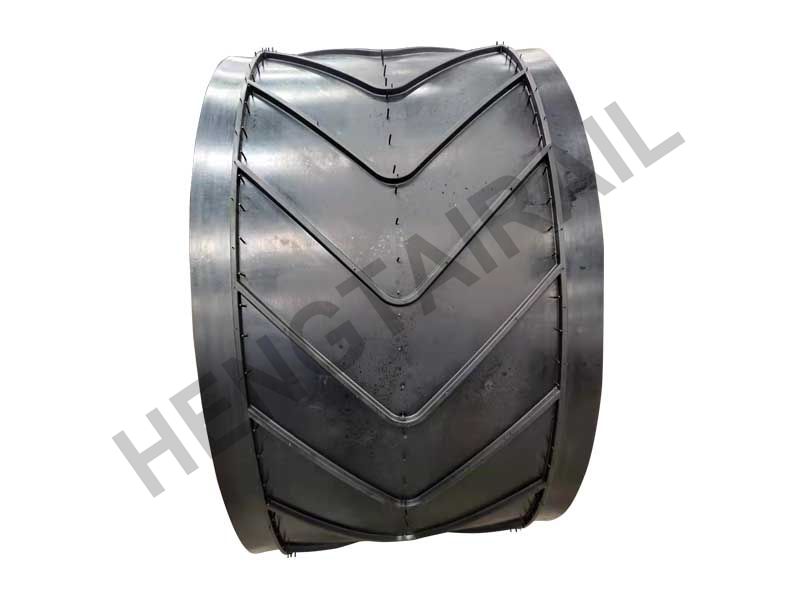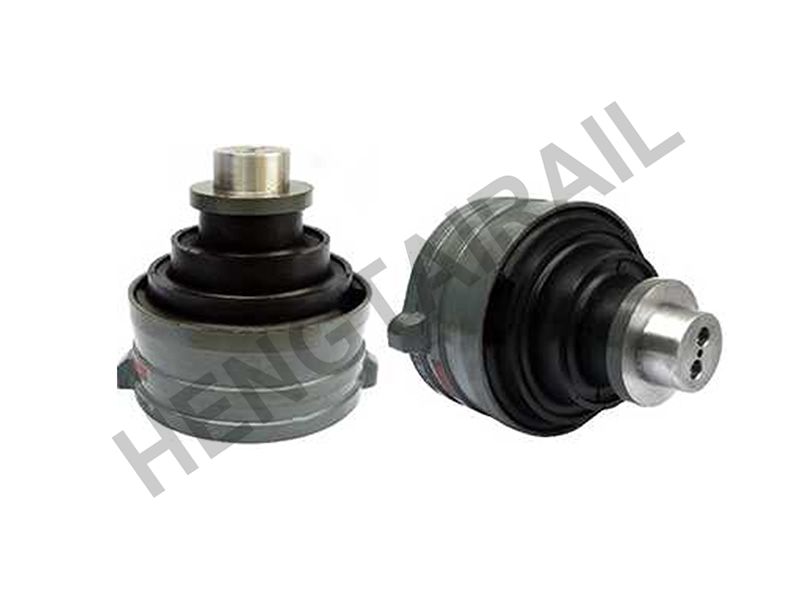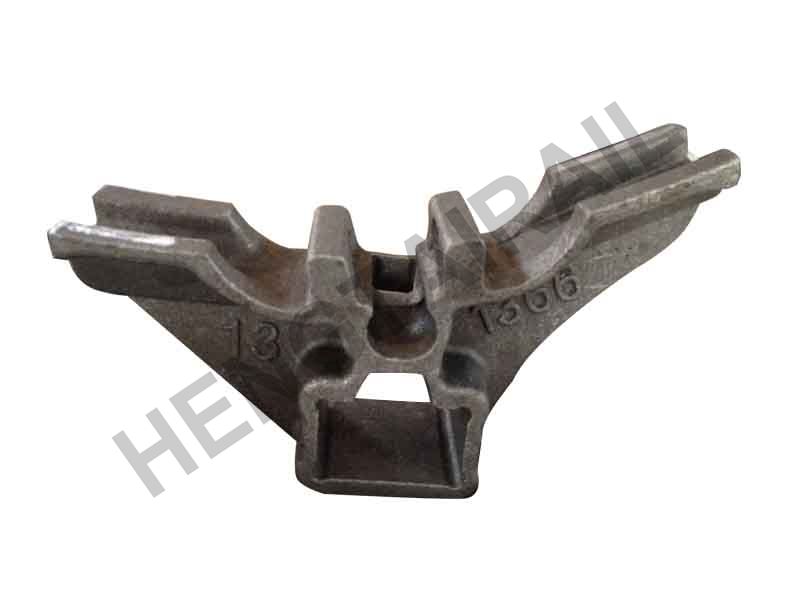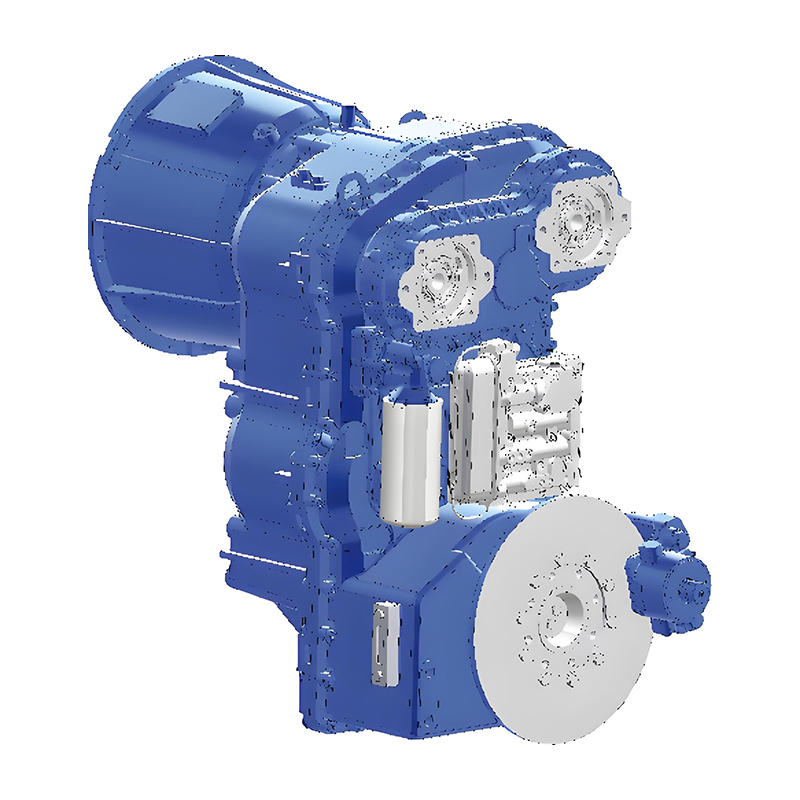Interfaces
· 96-pin DIN 41612 backplane connector
· Service & Maintenance Port: USB mini-B
· TNC ‘RX/TX’ Wireless Interface
· 5 LED Status Indicators
· Micro 3.0V/1.8V SIM Reader
· Status Indicators: Power, Network, Field, SIM, GPRS
System/Standards
· Supports multiple regions, including China, Europe, India, and Australia GSM-R frequency bands
· Supports Chinese Railway CIR 2.0 and 3.0 standards
· GSM Phase 2 / Phase 2+
· GPRS multi-slot class 8 (8 slots), class 10 (2 uplink)
· Mobile Station Class B supported
· Output Power: 1W @ 900 MHz, 1W @ 1800 MHz
· AT command control via RS232 or USB interface
Voice Standards
· 3 Codec Options: HR, FR, EFR
· Non-ASCII Applications: Supports AMR
Data Services
· GPRS Class 8 (8 slots), Class 10 (2 uplink)
· Supports PBCCH
· Coding Schemes: CS1–CS4
· CSD Data Transmission: Transparent and Non-transparent Modes
· Built-in PPP Protocol for GPRS Data Transmission
· Fax: Group 3, Class 2
· Supported Network Protocols: TCP, UDP, HTTP, FTP, SMTP, POP3
Supplementary Services
· Calling Line Identification Presentation (CLIP) and Connected Line Identification Presentation (COLP)
· Call Forwarding (CF), Call Waiting (CW), Call Hold (HOLD)
· Multiparty (MPTY), Call Barring
· Non-standard Value-Added Services (USSD)
· User-to-User Signaling Type 1 (UUS1)
· Enhanced Multi-Level Precedence and Preemption (eMLPP)
· Closed User Group (CUG)
Railway Group Communication Functions
· VGCS (Voice Group Call Service)
· VBS (Voice Broadcast Service)
· eMLPP (Enhanced Multi-Level Precedence and Preemption)
· Supports FN (Functional Number)
· Supports PFN (Presentation Functional Number)
· REC (Railway Emergency Call)
Feature | Details |
Dimensions | 170.4mm × 108mm × 35.2mm |
Weight | 651g |
Voltage | 6.5–50V DC |
Average Input Current | < 500mA |
Maximum Input Current | 3A |
Operating Temperature Range | -40°C to +105°C |
Receiver Sensitivity | -107dBm |
Three-Level Interference Rejection | Average suppression > 40dB |
· Compliance
The introduction of GSM-R was driven by two key factors: the need to comply with the common standard for digital voice and data communications in railway operations, and the imperative to implement recommendations arising from major incident investigations.
· Improving safety
GSM-R provides continuous and direct radio communication between drivers and signallers, including in challenging environments such as tunnels and deep cuttings where traditional radio systems were ineffective. As a result, the system:
1. Enhances safety for drivers, maintenance personnel, and passengers;
2. Enables quicker and more efficient responses to potential hazards through features like the Railway Emergency Call;
3. Removes the need for drivers to leave the train in case of an incident.
· Reducing operating costs
GSM-R replaces the fragmented, outdated, and high-maintenance legacy systems, resulting in reduced operational costs, improved system reliability, and a robust platform for the development of a modern, digital railway infrastructure.
· Moving away from analogue
Previous driver–signaller communications relied on analogue radio networks, which offered limited functionality and became increasingly costly to maintain.
The adoption of digital technology enables alignment with modern railway innovations, including the European Rail Traffic Management System (ERTMS) and the European Train Control System (ETCS).







